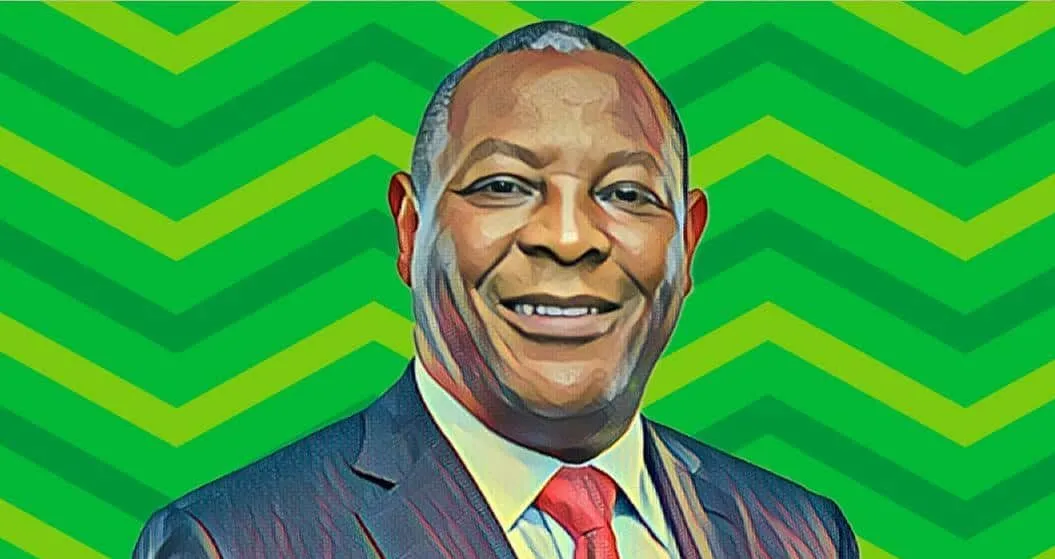Table of Contents
Kenyan multimillionaire business executive and banker James Mwangi, the CEO of Equity Group, has disclosed that the group’s Democratic Republic of Congo (DRC) unit is poised to overtake its Kenyan counterpart in terms of return on equity and return on assets.
Mwangi, a prominent figure in the East African financial services industry who ranks as one of the wealthiest investors on the Nairobi Securities Exchange, revealed this information in a recent interview with Kenyan financial news tabloid Business Daily.
James Mwangi-led Equity Group reports nine-month profit exceeding $230 million
Equity Group in its recently published unaudited financial statements for the period ending Sept. 30 revealed a 5.3-percent year-on-year increase in profit, rising from Ksh34.37 billion ($225.4 million) in 9M 2022 to Ksh36.2 billion ($237.4 million) in 9M 2023.
The modest increase in profit was driven by double-digit growth from subsidiaries in East Africa, including operations in DRC, Uganda, Rwanda, and Tanzania. These subsidiaries propelled profits above the $230-million mark — offsetting the 20-percent dip in earnings from its Kenyan unit.
In 2022, the subsidiaries — excluding its operation in South Sudan — contributed Ksh11 billion ($72.11 million) or 31 percent of the group’s profits after tax. This figure has now surged to Ksh18.5 billion ($121.2 million) or 53.5 percent of earnings during the nine-month period under review.
Profit beyond borders: Equity Group’s DRC Unit takes the lead
Mwangi credited the growing influence of Equity Group’s subsidiaries, especially the DRC unit, for the overall performance of the group in the first nine months of 2023. He revealed that DRC — which is 60 percent of Kenya’s asset base — has become a significant contributor to the group’s profits, surpassing other subsidiaries and even outperforming the Kenyan unit.
“We see the impact of geographical expansion and we see how significant BCDC (DRC Congo subsidiary) has become. If you look at it relative to other subsidiaries and Kenya, DRC is 60 percent of Kenya (in terms of asset base). When you look at the performance in terms of assets, again DRC stands tall compared to Kenya. When we look at performance in terms of profit, we see DRC now filling the gap.” Mwangi said.
“We also see Tanzania, Rwanda and Uganda following that trend significantly. On profit after tax, again, we see significant growth,” he added. We see the rivalry between Kenya at Ksh22.7 billion ($148.8 million) and Ksh15.67 billion ($102.7 million) in DRC. For those who remember, we have in the past gone through the question of why diversify capital from Kenya to markets with uncertainty.”
DRC’s increased efficiency signals potential overtake of Kenya in ROE and ROA
As DRC gains efficiency, Mwangi predicts it may surpass Kenya in return on equity and return on assets, turning the group into a start-up once again. Despite an increase in NPLs to 12.2 percent, he expressed confidence in a decline, with provisions covering a significant portion and a credit guarantee component in place.
Mwangi also hinted at the expanding role of the insurance sector within the group, urging investors to pay attention to this evolving story. With a solid balance sheet, Mwangi maintained a positive outlook for the future, citing compensation from the growth in other subsidiaries to offset losses in Kenya.











